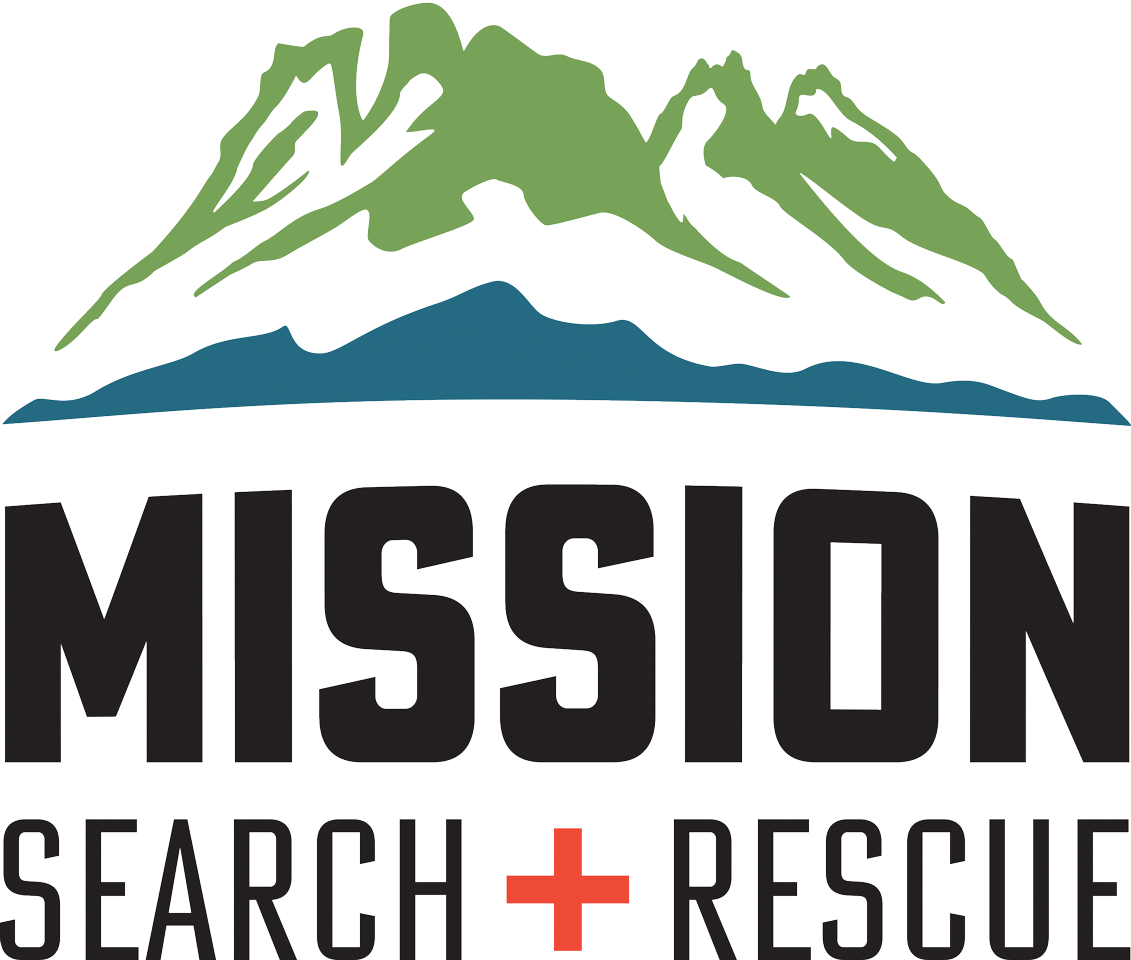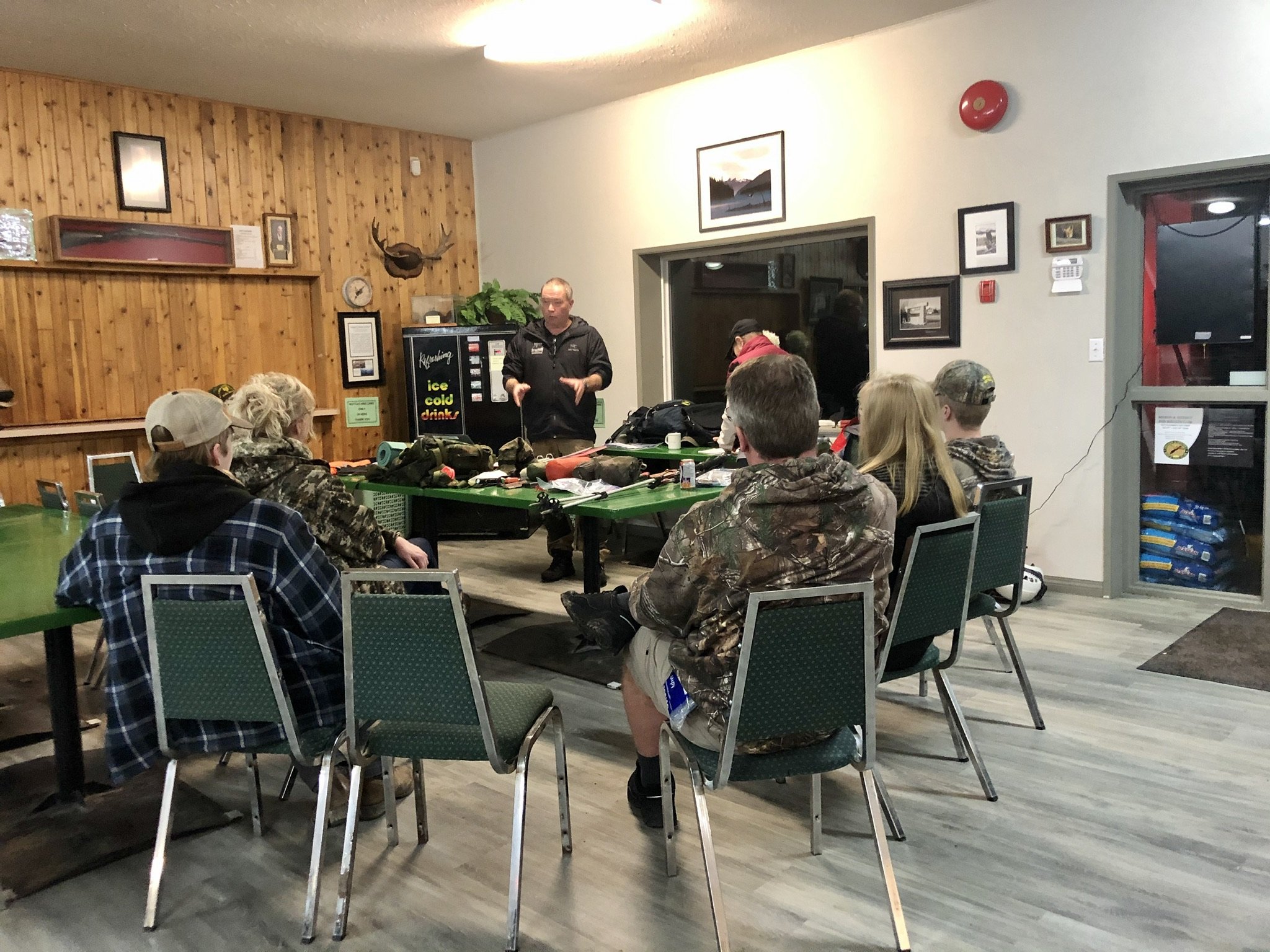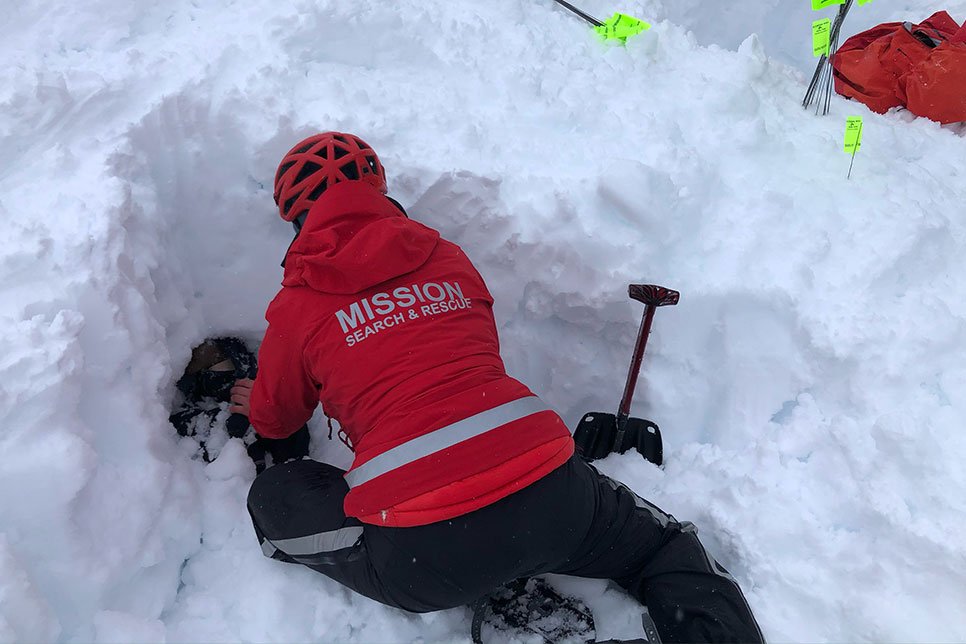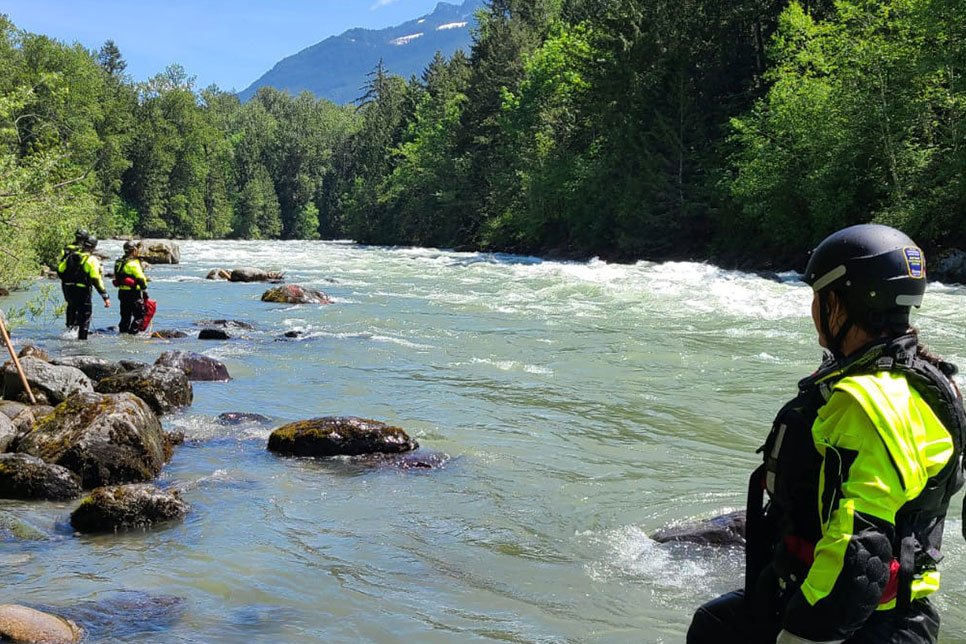
The volunteers at MSAR are dedicated to helping their community learn about staying safe in the outdoors.
By developing community and school based awareness programs, recruiting new members, hosting survival training, and creating a survival guide and backcountry resources, MSAR continues to support those who love outdoor adventures, through ensuring that accurate and up to date information is available.

Hug A Tree
Hug-a-Tree and Survive is an RCMP and Search and Rescue initiative designed to help children survive in the woods, in the event that they become lost. Originating in San Diego, this preventative program was developed after the tragedy of a nine-year old boy who became lost and died in the wilderness.
Hug-a-Tree teaches children invaluable and life-long outdoor survival skills, including:
Always tell an adult where you are going
Always carry an orange garbage bag and a whistle on picnics, hikes, and camping trips
If you become lost, “Hug-a-Tree” and stay put
Make a face hole in your garbage bag and put it over your head to keep warm and dry
Help searchers find you by blowing your whistle and answering their calls
Search and Rescue Volunteers visit children across B.C. to deliver this critical life-saving information, specifically aimed at students aged 5-9. Students aged 8-13, can receive a snowboard and skiing etiquette course, along with avalanche awareness.
Book a Hug-a-Tree and Survive presentation at your school or organization in the Mission area.
Members In Training
Presented by the Justice Institute of British Columbia, all MITs (Members in Training) are required to take the Ground Search & Rescue course (GSAR), provided by qualified instructors.
Basic Areas Covered by the Course Are:
Survival
Types of Searches
Maps & Compasses
Communication
Helicopter Safety
Rope Management
Basic Tracking
Along with going on practice outings with current SAR Members, all MITs are required to participate in overnight survival training and pass a series of exams based on the GSAR Manual. The course spans approximately four months from start to completion. Once an MIT has passed the course, they will become a member of the SAR Team.
Member Courses
It is important for members to stay up to date on information and practice their skills. There are several courses members can take, including:
Urban Search and Rescue
Following a major disaster, your community or workplace may be on their own for 72 hours or more. This course combines hands-on learning and classroom instruction to prepare community members or employees for an event where they must conduct a basic Urban Search and Rescue in a safe and effective manner as part of a neighbourhood or workplace team.
Ground Search Team Leader
Trained GSAR volunteers are provided with the knowledge and practical team-leader skills necessary to safely and effectively plan, organize, lead, supervise and execute a ground Search and Rescue team assignment.
Avalanche Response
The Avalanche Response course provides participants with the necessary skills in safely responding to avalanche incidents, as part of an inter-agency team, in potentially unstable terrain.
Rope Rescue
Get introduced to the standards of an organized rope rescue, the rescue cycle, the forces involved, required gear, communications, and rope inspection practices.Three days of formal instruction is followed by 20 hours of training and three days of evaluation. This course prepares members for slope and high angle top-down rope rescue techniques.
SAR Management
Learn about SAR as an Organization in B.C. and the role of Manager within the Organization. You will be introduced to: pre-plans, stages of a response, ICS roles, documentation, interviewing, investigation, team callout and lost person behaviour. SAR management principles, search theory and probability, working with the media, and risk assessment are also covered.
Track Aware
Three instructional days in identifying signs of human presence, and using those signs to find the missing person.
Swift Water Rescue Technician
Three instructional days for techniques in self and subject rescue, in moving water environments that are classified from low to high risk.
Survival Guide
Heading into the outdoors? Remember the Three T’s
Trip Planning
Training
Taking the Essentials
“We rarely head out for an outdoor adventure with the expectation that something will go wrong, and most times everything will go right. However, that one time that the unexpected happens…your investment in Trip Planning can mean the difference between a successful outcome and becoming a statistic.”
- AdventureSmart
Trip Planning:
Plan your travel route
Know the terrain and conditions
Check the weather
Always fill out a trip plan
Training:
Obtain the knowledge and skills you need before heading out.
Know and stay within your limits.
The Essentials:
Fire-making kit
Signalling device
Flashlight
FirstAid Kit (know how to use it)
Food / Water
Extra Clothing
Knife / Multi-tool
Emergency Shelter
Navigation / Communication
Sun Protection
| Fire-making kit
Water proof matches, a lighter, fire starter, candle, even dryer lint are great options to bring. Make sure whatever you decide to pack, that you know how to use it before needing it.
| Signalling Device
MSAR recommends using the Fox 40 whistles. They have no moving parts and will work in all weather.
A mirror is excellent for attracting attention to you from the air - if you see a helicopter, use the mirror to signal
| Flashlight
LED lights, both hand held and a head lamp are good options. Pack extra batteries.
| First-Aid Kit
Consider including some key items in your First-Aid kit: prescription medicine, pain relievers, butterfly sutures, second skin (for blisters), bandages, antiseptic ointment, anti-diarrheal tablets, antihistamines, water purification tablets or a water-purifying straw, and splints.
| Water & Food
Pack 1 litre of water per person. Ensure you pack more snacks than required for your trip incase you become lost.
Energy bars, dried fruit, and nuts are good options. You can also carry some powdered energy drinks, which are high in sodium, to help you replenish electrolytes.
| Extra Clothing
(Rain, wind, water protection & toque)
Breathable, layers of clothing are essential. In winter weather, be careful not exert yourself too much as sweating can cause hypothermia when you start to cool down. A hat is also beneficial to have on hand in the summer time, helping to keep the sun off your face and reduce heat stroke.
| Knife / Multi-tool
A pocket knife is an important tool that can be used for a variety of things such as building a shelter, and fire, among other things.
| Emergency Shelter
You can buy emergency shelters, tarps or even pack large garbage bags.
Ideally use shelters that are bright in color so if you do become lost it can act as a signalling device aswell as keep you dry and out of the elements.
| Navigation / Communication
A map of the area, and knowing how to properly use it, is essential. Also purchase a quality compass to use with your map.
GPS technology has come a long way, but you should not solely rely on it, malfunction does happen. If you do carry on, ensure you have extra batteries.
Do NOT rely on your phone.
| Sun Protection
Sun glasses, hat, and sunscreen. Sun exposure can lead to hyperthermia, dehydration and burns. Being in a snow environment can even lead to snow blindness.
Always ensure you have appropriate protection from the elements.























